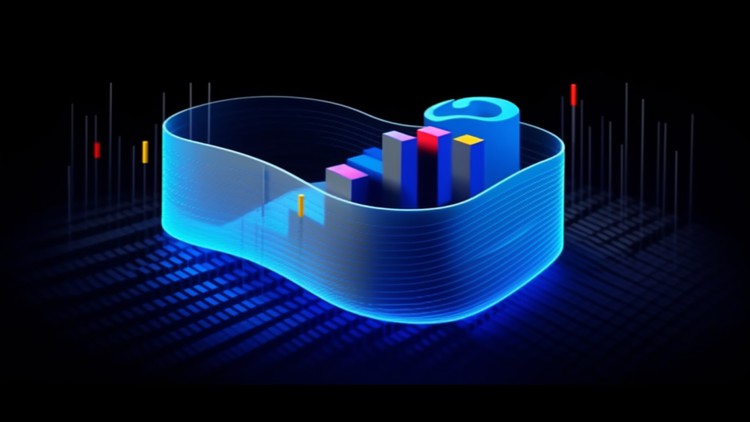
Let’s Harness the Potential of Big Data
What you will learn
Learn the core components of a data lake: Explore the essential components and building blocks of a data lake.
Explore different data lake architectures: Understand various architectural patterns and approaches for designing and implementing data lakes.
Understand the concept of a data lake: Gain a comprehensive understanding of what a data lake is, its purpose, and its benefits in modern data architecture.
Master data ingestion techniques: Learn different methods and tools for ingesting data into a data lake, including batch processing, real-time streaming
Data processing and analytics: Acquire the skills to process and analyze data stored in a data lake.
Understand data storage and organization: Learn how to store and organize different types of data within a data lake, including structured, semi-structured,etc
Implement data governance and security: Understand the importance of data governance in a data lake environment and learn to establish data governance practices
Description
The “Introduction to Data Lakes: Building Modern Data Architectures” course is designed to demystify the concept of data lakes and empower learners to harness their potential in managing and analyzing big data. Participants will gain a deep understanding of the fundamental principles, components, and best practices for implementing data lakes in a modern data ecosystem.
Throughout the course, learners will explore the foundational concepts of data lakes, including the benefits they offer in terms of data storage, processing, and analytics. They will delve into the essential components of data lakes, such as data ingestion, data storage, data processing, and data governance, learning how these elements work together to create a robust data architecture.
Participants will discover the different architectural patterns and design considerations for data lakes, enabling them to make informed decisions when implementing data lakes in their organizations. They will also learn the various techniques for data ingestion, including batch processing, real-time streaming, and event-based approaches, ensuring they have the skills to efficiently load data into the data lake.
The course will cover data storage and organization strategies within a data lake, including file formats, partitioning, and metadata management. Participants will gain understanding of data processing and analytics techniques specific to data lakes, exploring tools and languages used for data transformations, querying, and advanced analytics.
Moreover, learners will delve into data governance and security practices in a data lake environment, understanding how to establish access controls, ensure data quality, and implement data lifecycle management. They will explore the integration of data lakes with other data platforms, such as data warehouses and analytical platforms, to create a comprehensive data solution.
By the end of this course, participants will have a solid foundation in data lakes and the skills to design and build modern data architectures. Armed with this knowledge, learners will be equipped to leverage data lakes to store, process, and analyze vast amounts of data, enabling them to derive valuable insights and make data-driven decisions.
Whether you are a data engineer, data analyst, or IT manager, this course will empower you to leverage data lakes effectively and unlock the potential of your organization’s data. Join us on this learning journey and embark on your path to becoming a data architecture expert.
Content